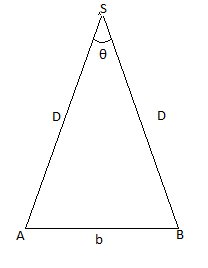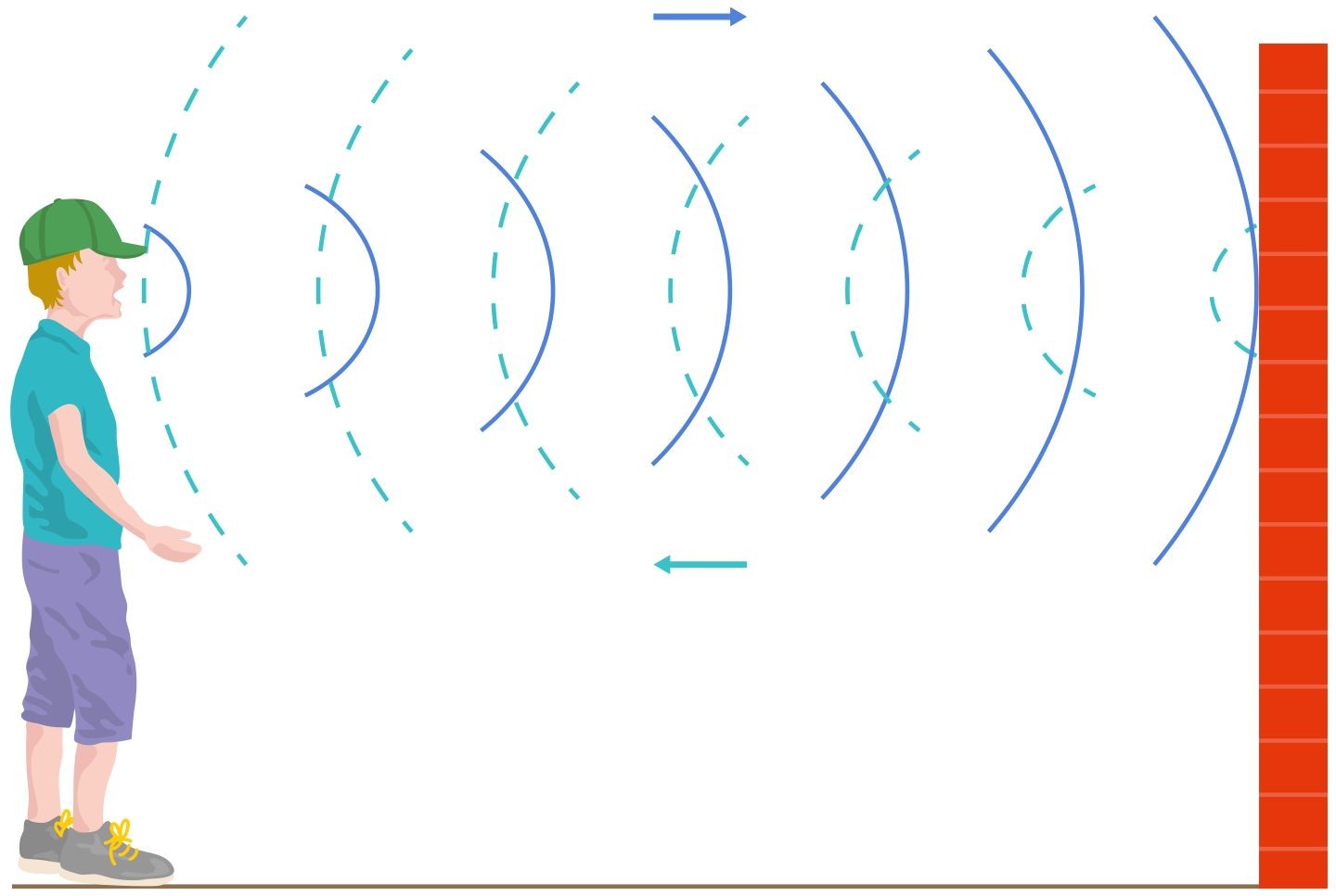IIT JEE Measurement of Length | JEE General Physics Length of Measurement
Table of Content |
Length
Length is defined as the measurement or extent of something from one end to the other end. Length is a scalar quantity and we find it in  almost every fundamental phenomenon in the physical world.
almost every fundamental phenomenon in the physical world.
Every experiment in Physics requires the use of length to get desired results. All the external physical measurements rely on length. As an example take your height. How will you measure your height? What is your height? Height is simply the distance between your feet and head. To measure the height you can use either a scale or measure stick.
We need a unit to define the length of something as without unit we won’t be able to compare measure or correlate two objects on the terms of their length. The standard unit of Length is a meter, but being a small unit we refer to big units to make measurements simple. Some examples of the unit are:
-
Height is measured in “foot” and “inches”, 1 feet contains 12 inches, and 1 inch means 0.0254 meters
-
Distance is measured in kilometers, 1 kilometer or Km equals to 1000 meter
-
While performing experiments in Physics lab we prefer small units like millimeter and centimeter, 1 meter = 100 centimeters, and 1 centimeter = 10 millimeters, to avoid writing meter, again and again, we write centimeter as cm, millimeter as mm and decimeter as dm
We measure length in certain units, according to our preference which makes our measurement more precise and accurate. Units are always chosen to make measurements simple and to make it error free.
Measurement of Length
We know some direct methods of measuring length. There are several kinds of instruments we use to measure the length of objects. For example, when we were kids we used centimeter scale to draw lines and measure the length of small objects. When the nature of measuring objects change, we switch to new instruments. Some examples include
-
We use meter scale to measure lengths from 10-3m to 102m
-
We use a screw gauge to measure lengths of order less than 10-5m
There are some objects which can’t be measured with the help of scales and instruments, like the height of the mountain, the radius of earth or other large bodies. To measure them, we use some special methods.
Measurement of Large Distance
To measure large distances like the distance of a planet from earth or sun, we can’t use meter scale. Instead, we use some special methods, which can make complex measurements simple. There are two such methods, which we use to measure infinitely large distances.
-
Parallax Method
-
Echo Method
Parallax Method
Parallax Method is used to measure large distances and works on the principle of parallax basis. Parallax is defined as the apparent displacement of an object when observer’s point of view changes.
Example:
Hold a pencil in your hand. Now close your left eye and see the pencil, now close your right eye and see the pencil. You’ll find that position of the  image of the pencil is different in each case. This is called Parallax and your eyes are used as a basis.
image of the pencil is different in each case. This is called Parallax and your eyes are used as a basis.
To measure a distance D of point A from a planet S by parallax method, we will observe it from two different views A and B. The distance between A and B is b. The angle ASB or θ is called parallax angle or parallactic angle.
As the distance between planet and observation points is very large, we can assume
b/D << 1
which means, angle θ to be very small. We proceed further by taking the triangle ASB in form of arc, where the length of the arc is b and radius of the arc are D.
Arc length = Radius × Angle θ
b = D × θ
Now if we know the distance between two points and parallax angle, we can easily find the distance D, with the help of above relation.
Example
A planet is observed from two points A and B on earth, the angle θ is 3.32 × 10-2 radian. The diameter of the earth is about 1.276 × 107m. Find out the distance between Earth and Moon.
We have θ = 3.32 × 10-2 radian, taking two points on a diameter of the earth, we have b = 1.276 × 107m. The unknown quantity is D,
Now since D = b/ θ
D = 1.276 × 107m/ 3.32 × 10-2
D = 3.84 × 108 m
Echo Method
Echo Method is used to find the distance of a hill or building from a certain point on the surface of the earth. In this method, we shoot a gun or radio wave and we measure the time interval in which gun or radio wave is fired and instant echo is heard.
If t is the time taken by the sound to travel from observer to the hill and back to the hill, and S be the distance between observer and hill then
We know that
v = 2S/t
(Since the total distance covered by sound will be double)
If we know the speed of sound, we can easily find the distance between the observation point and hill. This is called Echo Method.
Range of Length
The sizes of objects and heavenly bodies vary over a wide range. The length of organisms affects at both macroscopic and microscopic levels. For example, the size of the universe is of the order 1026m whereas the size of a tiny nucleus of an atom is just 10-14m. We use certain units to define length at both levels. They are:
1 fermi or 1f equals to 10-15m
1 Angstrom or 1Å equals to 10-10m
1 Astronomical unit or AU is 1.496 × 1011m (it is also the average distance between the sun and the earth)
1 light year or 1ly equals to 9.46 × 1015m (it is the distance which light travels with velocity of 3 × 108 m/s in 1 year)
The table below depicts range and order of different lengths.
| Distance or Size of object | Length (m) |
|
Size of proton |
10-15 |
|
Size of atomic nucleus |
10-14 |
|
Size of hydrogen atom |
10-10 |
|
Length of typical virus |
10-8 |
|
Wavelength of light |
10-7 |
|
Size of red blood corpuscle |
10-5 |
|
Thickness of paper |
10-4 |
|
Height of Mount Everest above sea level |
104 |
|
Radius of Earth |
107 |
|
Distance of Moon from Earth |
108 |
|
Distance from Sun from Earth |
1011 |
|
Distance of Pluto from Sun |
1013 |
|
Size of our galaxy |
1021 |
|
Distance to Andromeda galaxy |
1022 |
|
Distance to boundary of observable universe |
1026 |
Watch this Video for more reference
More Readings
View courses by askIITians


Design classes One-on-One in your own way with Top IITians/Medical Professionals
Click Here Know More

Complete Self Study Package designed by Industry Leading Experts
Click Here Know More

Live 1-1 coding classes to unleash the Creator in your Child
Click Here Know More

a Complete All-in-One Study package Fully Loaded inside a Tablet!
Click Here Know MoreAsk a Doubt
Get your questions answered by the expert for free


